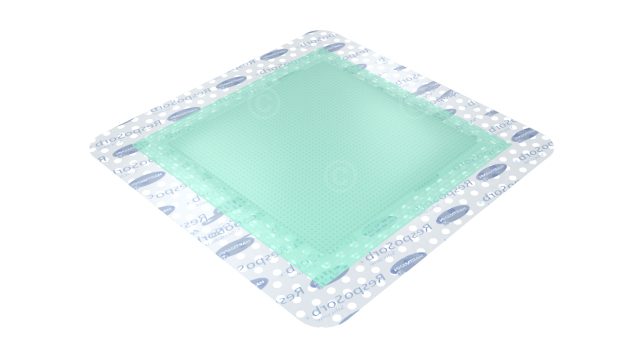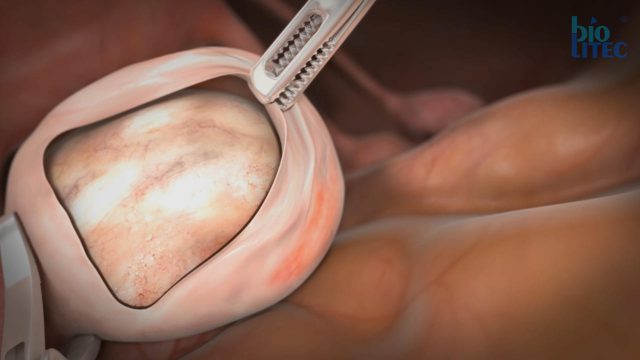The rights of use of the video sequences lie either with MedicalGraphics – Michael Hoffmann or with the respective clients. Music: Ian Alex Mac – Attribution 4.0 International (CC BY 4.0).
Especially for topics dealing with physiological or cellular processes, 3D animations are the tool of choice. Through this, abstract and possibly very complex processes can be explained to the viewer. Through the medium of 3D animation, the otherwise invisible processes inside the body can be staged in an impressive visual world.
MOA animations
A mode-of-action animation explains cellular changes at the functional or anatomical level that result from the interaction of the organism with a substance. Mode-of-action animations describe processes at the cellular level, while mechanism-of-action animations explain them at the molecular level. A simple example would be a substance that docks to a receptor and blocks it. This maybe prevents the production of an endogenous messenger substance that is present in excess in the body due to a disease.
Animations of healthy physiological processes
Of course, the normal physiological processes of the body can also be shown and explained in a 3D animation, such as the role of insulin in regulating blood glucose levels or the individual processes involved in other hormonal cascades, etc.
Example projects Mode of Action animations:






